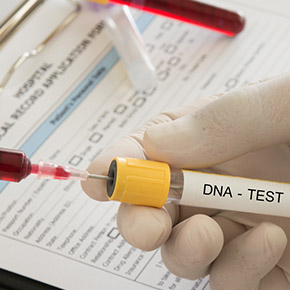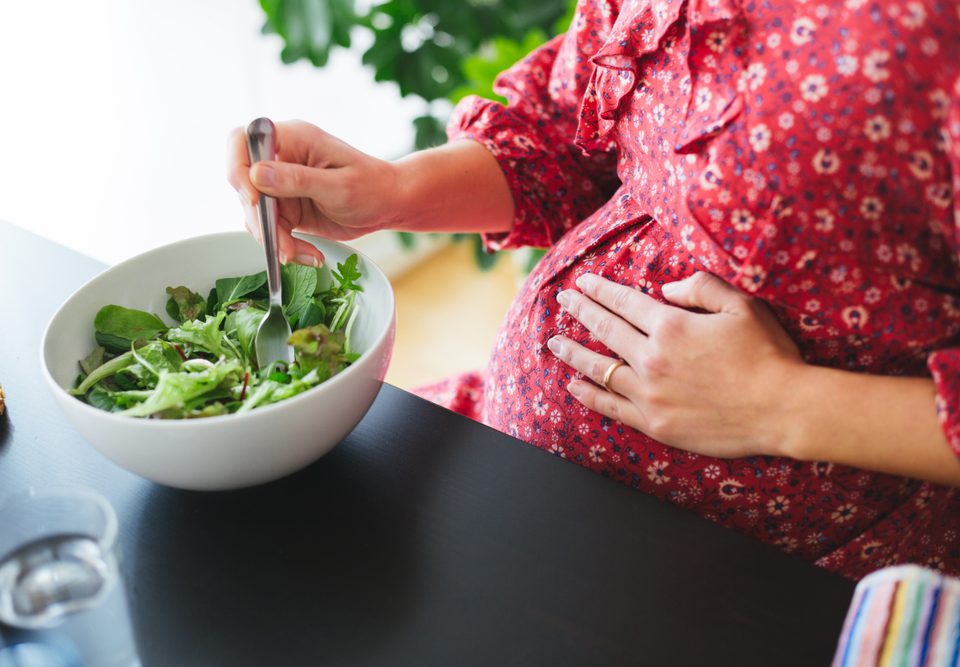The symptoms and changes in the mother

Although during the first three months we feel blissful because of our dear baby, we may also experience difficult moments, especially if it is our first time. This is the time that our fetus starts to shape and grow. Hormonal changes in the first 12 weeks prepare our bodies for nurturing our babies, which leads to physical changes in us. Physical changes appear in different forms in each of us mothers, but some of these changes are more common. These include morning sickness, gaining weight, breast sensitivity, stomach burning, constipation, metallic taste in the mouth, aversion to food, and headache.
Emotional changes in the mother
The Tests
Urinalysis is one of the important tests which are performed during the first weeks of pregnancy. By measuring the levels of protein, sugar and the other existing substances in the urine sample during the first three months, doctors assess the probability of the common pregnancy complications such as diabetes and pre-eclampsia. If the result of the urinalysis turns out to be positive in any of these cases, more tests will be prescribed to confirm the early diagnosis.
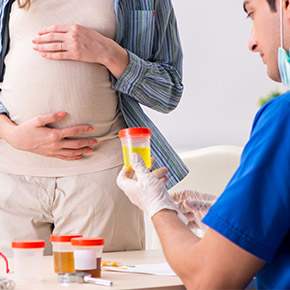
Pap smear or sampling cells from the cervix is a regular test that is normally done during the first examination session during pregnancy with the purpose of diagnosing STIs. All of us women need to do this test because if we have a STI and do not get diagnosed and treated in time, we may compromise our baby’s health and it may come down with an eye infection or pneumonia.
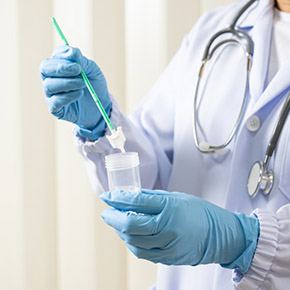
We need to prepare ourselves for doing several blood tests during the first three months. Of course, if we have a high-risk pregnancy, there will need to be more tests. Some of the most important factors that are evaluated in blood tests are:
- Anemia and the number of red blood cells
- Hepatitis, syphilis, and HIV
- Immunity against rubella and chicken pox
- Vitamin D deficiency
- The hSG hormone

We can normally do sonography after the 6th week at the discretion of our doctor. In the last sonography that we do near the end of the 6th week, we can hear the sound of our little one’s heartbeat for the first time. Our doctor can predict the date that our child will be born by measuring the fetus. More importantly, he or she can tell us how many lovely fetuses are growing inside us. Moreover, by doing a timely sonography, the doctor will be able to assess the probability of ectopic pregnancy in order to have it under control.
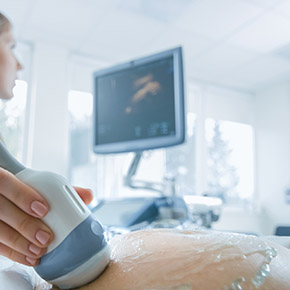
Chorionic villus sampling (CVS) is a diagnostic test that can be done between weeks 10 and 13. This test is carried out with the purpose of diagnosing the genetic composition of our little fetus and checking for disorders such as the Down syndrome, trisomy 13, and trisomy 18. During chorionic villus sampling, a small sample of the chorionic villus is extracted from the spot where the placenta is attached to the uterine wall using a needle or pipe.
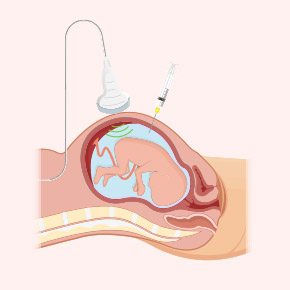
A cell-free DNA test is a complicated blood test which can be done after the 10th week of pregnancy. In this test, the fetus’s DNA in our blood flow is tested so that we can make sure that our dear baby is not in danger of chromosomal abnormalities such as the Down syndrome, trisomy 13, and trisomy 18. This test is usually prescribed for women who have a high-risk pregnancy or have another child with a chromosomal abnormality.
